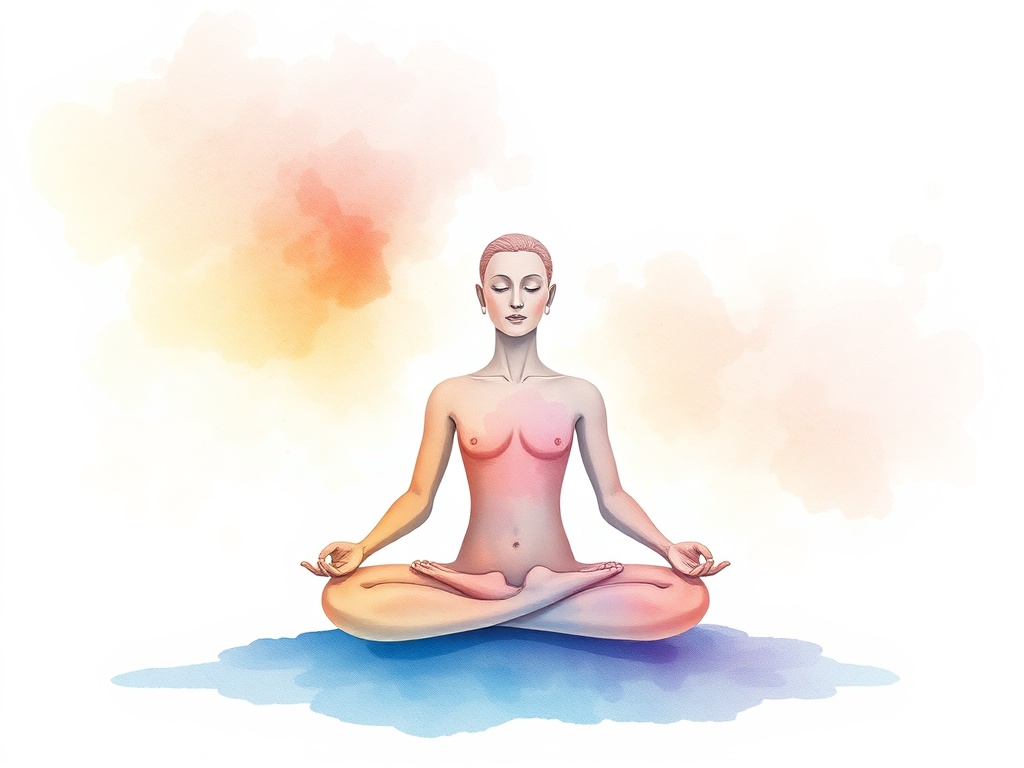Meditation: Practical Strategies to Start, Stick With It, and Feel the Effects
Meditation is one of the most accessible tools for reducing stress, sharpening focus, improving sleep, and building emotional resilience.
Many people assume it requires long retreats or mystical practices, but simple, consistent habits deliver the most reliable benefits.
Below are practical, science-informed strategies to get started and keep going.
Why meditation works
Meditation trains attention and cultivates awareness of the present moment. That training rewires habitual reactions to stressors, making it easier to respond calmly instead of reacting impulsively. Regular practice also reduces physiological markers of stress and supports better sleep and cognitive function.
Quick-start routine for beginners
– Find a comfortable seat: Sit upright in a chair or on a cushion.
Keep the spine tall but not rigid.
– Start small: Begin with 5–10 minutes per session. Short daily sessions are more effective than occasional long ones.
– Focus on the breath: Notice the inhale and exhale, or count breaths from one to ten and repeat.
When the mind wanders, gently return to the breath.
– End gently: Finish with a moment of gratitude or a few deep breaths before standing.
Simple guided variations

– Body scan: Move attention slowly through the body from head to toes, noticing sensations without judgment. Great for sleep or tension relief.
– Loving-kindness (metta): Silently repeat phrases like “May I be safe, may I be well,” then extend those wishes to others. Useful for boosting compassion and reducing social anxiety.
– Walking meditation: Slow, deliberate steps with attention on the sensations of movement. Helps those who find sitting still uncomfortable.
Building a sustainable habit
Consistency beats intensity. Tie meditation to an existing daily routine—after brushing teeth, before breakfast, or right before bed. Use reminders on your phone or a ritual object like a mat or cushion that signals it’s time to practice. Keep sessions realistic and forgiving: missed days are normal; simply return without self-judgment.
Troubleshooting common obstacles
– “I can’t stop thinking”: That’s the point—meditation isn’t about emptying the mind but noticing thoughts and letting them pass.
– Physical discomfort: Adjust posture, use cushions, or try walking meditation. Gentle stretching before practice can help.
– Lack of time: Even one minute of focused breathing reduces stress. Gradually increase from there.
Measuring progress without pressure
Instead of timing how long you sit, note changes in daily life: calmer responses to stress, improved sleep, clearer focus, or small shifts in relationships.
Journaling brief observations after sessions can reveal subtle improvements that accumulate over weeks.
Tools and next steps
Guided sessions led by an experienced teacher can accelerate learning, and courses or local groups offer accountability. Explore different styles to discover what resonates—mindfulness, concentration, compassion practices, or movement-based approaches like mindful yoga.
Final thought
Meditation is a skill cultivated through regular practice and curiosity.
Start with short, manageable sessions, prioritize consistency, and treat obstacles as part of the learning process. Over time, the practice becomes a stable resource for navigating everyday challenges with more clarity and ease.